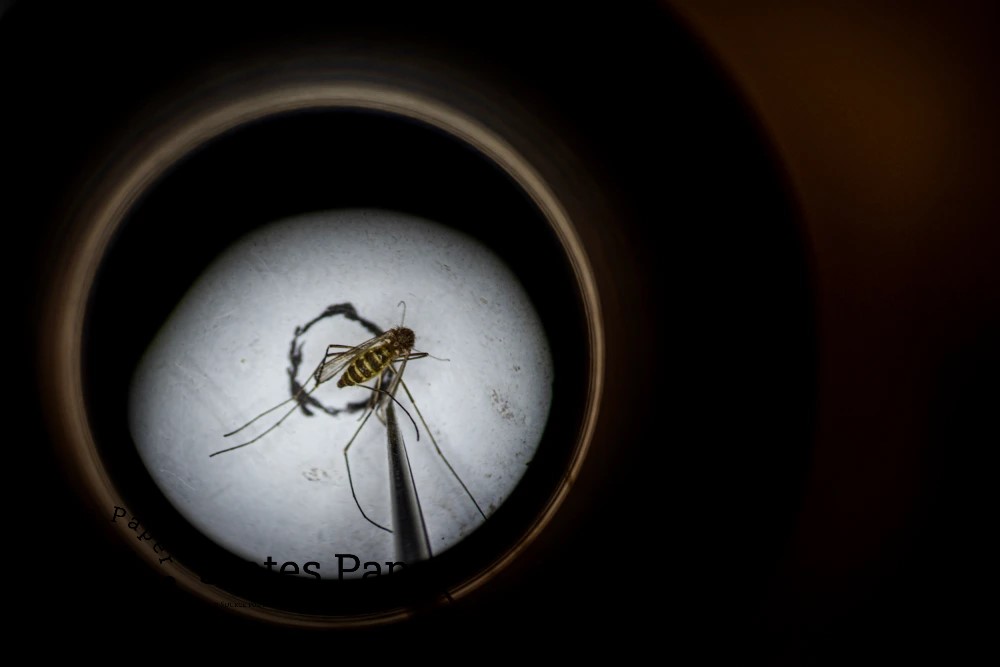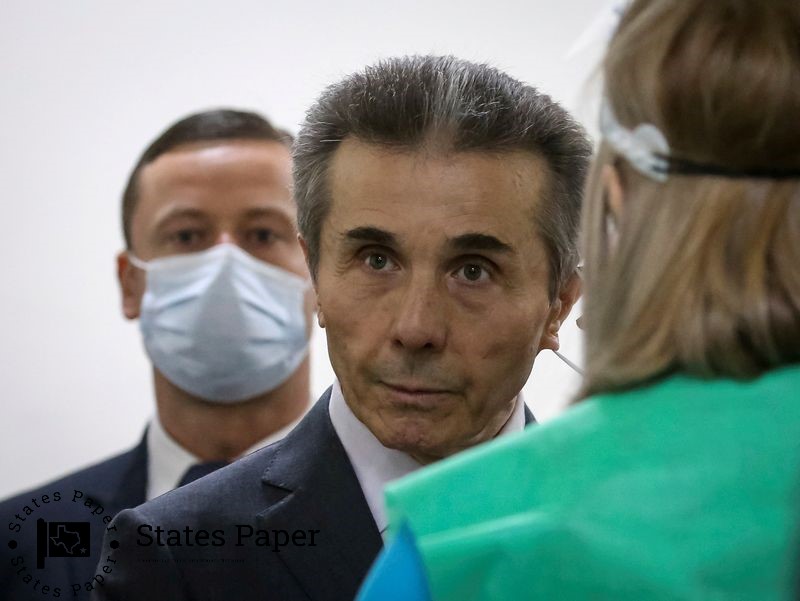Men's Cancer Deaths to Rise 93% Globally by 2050

Men, take note: New study shows the scale of future male cancer and mortality to grow worldwide by 84 and 93 percent to 2050.
Published Monday in the journal Cancer, the study established that the increases were more pronounced in men aged 65 years and above, as well as in countries with a low or medium ‘human development index. `
‘To achieve better outcomes than the current cancer statistics, and to address the projected increase in cancer burden by the year 2050, there is need for a synergistic national and international approach although a multi-sectoral approach will be appropriate,’ noted lead author of the study, Habtamu Mellie Bizuayehu, from the University of Queensland in Australia.
‘’It is possible to enhance cancer care and equity by implementing and expanding UHC 2, enlarging health infrastructure and establishing PFM and scholarships for training medical and public health staff,’’ said Bizuayehu in the journal news release.
To arrive at its forecast, his team used data from the Global Cancer Observatory for over 30 different kinds of cancer across 185 countries and territories of the world.
This is not the first time that the researchers gave a rather bleak prognosis on the incidence of cancer in the future.
The World Health Organisation estimated the number to be over 35 million in 2050, up from about 20 million in 2022, a 77% increase. The survey involved both male and female across 115 countries.
The WHO report suggested several factors may be fueling the future surge, including:The WHO report suggested several factors may be fueling the future surge, including:
Population aging and growth
Shift in contact of people to environmentally hazardous factors, especially air pollution
Tobacco and alcohol use
Obesity
In the latest study, the researchers also identified smoking and alcohol consumption as the modifiable risk factors, prevailing among men.
The other predictors though which researchers said could partly explain why male incidence is higher than female include low utilization of cancer prevention measures, and inadequate compliance with cancer screening and treatment.

 Asif Reporter
Asif Reporter























